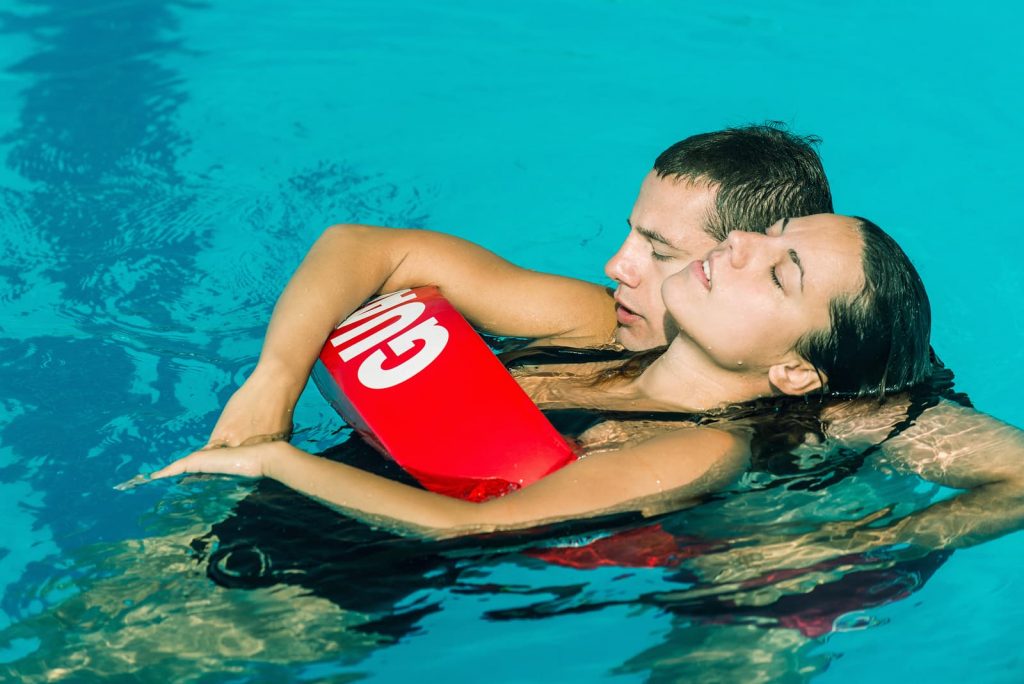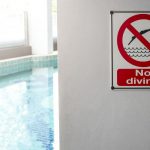What to Consider When Developing An Emergency Response Plan
Part of keeping patrons and staff safe at an aquatic facility is having a strong emergency response plan in place. This should detail procedures on how staff should respond to different types of emergencies. The plan must contain staff training requirements, alarm signals and the actions and procedures of how the facility expects the staff to respond. Being prepared to handle an emergency is key in minimizing injuries and administering care to victims of one. These should be practiced often to ensure everyone knows what to do in a worst case scenario.
Types of Emergencies
In order to develop a proper emergency response plan, you first need to identify the types of emergencies that may occur in an aquatic facility. These can include water emergencies like drowning, sudden illness or natural disasters. There can also be facility emergencies such as a fire or a chemical accident. By establishing all of the potential emergencies, you can determine the best plan of action for your particular facility.
Facility Layout
The next consideration when developing an emergency response plan is the layout of your facility. Every employee must be aware of the location of all rescue equipment, exits, telephones, shut-off valves, etc. There should also be proper signage that notifies swimmers of these locations as well. This helps expedite the response to an emergency.
Equipment
Rescue equipment needs to be central in all emergency response plans. All employees must know the location of first aid supplies, lifeguard equipment as well as protective equipment like gloves. Not only must this equipment be visible and easily accessible but it needs to be routinely inspected and maintained. Include a maintenance schedule within your emergency response plan for optimal preparedness.
Emergency Medical Services
As prepared as you can be for an emergency, a certified pool operator can only do so much in a medical emergency. This is why it’s so essential to have a clear and direct line for contacting emergency medical services. Keep a direct emergency phone number in plain view to the nearest EMS provider and consider contacting them to establish a relationship. If the EMS team knows exactly how to get to your facility and swimming area, everyone is safer.
Chain of Command
Emergencies create chaos that can leave employees scrambling on what to do next. This is why there needs to be a clearly established chain of command. Identify who needs to be notified in case of an emergency. Who contacts the family members? Who contacts parents? Who stays in the area of the emergency? A chain of command clears up any confusion that can make an emergency worse.
Roles & Responsibilities
The chain of command should also designate roles and responsibilities for various team members. These include
- Covering the rescue area
- Clearing the facility
- Primary rescuer
- Calling EMS
- Crowd control
- Post-emergency responsibilities
Post Emergency Responsibilities
After an emergency occurs, some housekeeping must be taken care of. This includes creating accident reports, inspecting the equipment for damage and replacing/fixing that equipment when needed. All of this needs to be addressed before the facility can re-open. If a serious injury or death occurs, it can be very traumatizing for staff, especially if they were directly involved in the rescue or failed rescue. It can be extremely helpful to connect these people to a professional counselor. Finally, there should be a debriefing process where you analyze what can be done in the future to prevent or remedy a similar emergency.
Developing Your Facility’s Emergency Response Plan
Keep in mind that we have only scratched the surface of what risk management entails for a Certified Pool Operator ®. To learn more, it’s best to become certified by training with the experts in pool operation. Pool Operation Management offers award-winning, two-day certification courses that cover a breadth of subject matter, covering everything from pool chemicals, to energy conservation, to risk and liability management.
By providing extensive training and information, our courses are the perfect way to become pool educated. We also offer residential and commercial pool maintenance services, so we can open and close your pool for you. You can purchase the top brands in swimming pool accessories and chemicals from our website and we can even serve as experts in pool-related legal disputes and trials. Contact us today for the very best in everything related to pools.








